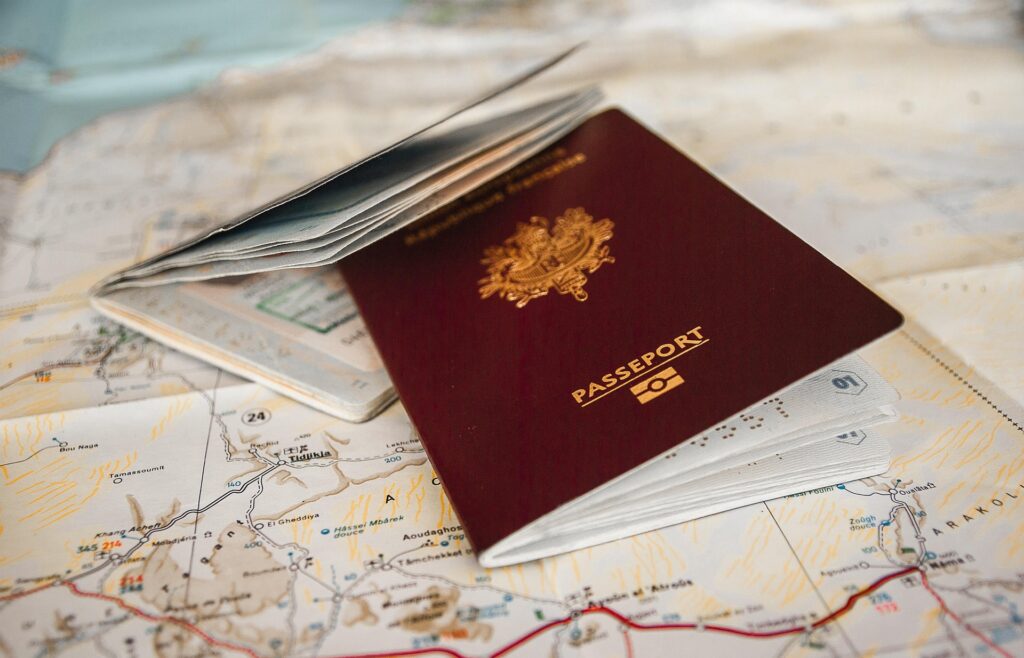Florence
Florence is a city in central Italy and the capital of the Tuscany region. It is the most populated city in Tuscany, with 372.038 inhabitants (31.12.2019) and about one Million in its metropolitan area.
Florence was a centre of medieval European trade and finance and one of the wealthiest cities of that era. It is considered by many academics to have been the birthplace of the Renaissance and has been called “the Athens of the Middle Ages”. Its turbulent political history includes periods of rule by the powerful Medici family and numerous religious and republican revolutions. From 1865 to 1871 the city served as the capital of the Kingdom of Italy (established in 1861). The Florentine dialect forms the base of standard Italian and it became the language of culture throughout Italy due to the prestige of the masterpieces by Dante Alighieri, Petrarch, Giovanni Boccaccio, Niccolò Machiavelli and Francesco Guicciardini.
The city attracts millions of tourists each year, and UNESCO declared the Historic Centre of Florence a World Heritage Site in 1982. The city is noted for its culture, Renaissance art and architecture and monuments. The city also contains numerous museums and art galleries, such as the Uffizi Gallery and the Palazzo Pitti and still exerts an influence in the fields of art, culture and politics. Due to Florence’s artistic and architectural heritage, Florence is ranked as one of the most beautiful cities in the world.
Florence plays an important role in Italian fashion, and is one of the top 15 fashion capitals of the world; furthermore, it is a major national economic centre, as well as a tourist and industrial hub.
Tourism is, by far, the most important of all industries and most of the Florentine economy relies on the money generated by international arrivals and students studying in the city.
Manufacturing and commerce, however, still remain highly important. Florence is a major production and commercial centre in Italy, where the Florentine industrial complexes in the suburbs produce all sorts of goods, from furniture, rubber goods, chemicals and food. However, traditional and local products, such as antiques, handicrafts, glassware, leatherwork, art reproductions, jewelry, souvenirs, elaborate metal and iron-work, shoes, accessories and high fashion clothes also dominate a fair sector of Florence’s economy.
Food and wine have long been an important staple of the economy. The Chianti region is just south of the city and its Sangiovese grapes figure prominently not only in its Chianti Classico wines but also in many of the more recently developed Supertuscan blends.
With a placement in or around Florence, you get an extraordinary and attractive insight in the life and work of Italians – it is more than just a tourist view – you are involved in Italian life. Use your stay abroad as inspiration for your future projects.
How to live and to communicate in Florence
Local transports

If you live anywhere near the centre, you’ll find that you can do most of your traveling on foot. The city isn’t massive and because the weather is usually so nice, and the architecture is stunning, you’re much more inclined to walk than in other cities.
Bus tickets can be bought at a newsstand, tabacchi or other store with ATAF – city bus company – logo displayed.¶
Validate (stamp) all bus tickets in the machine on board, otherwise you risk paying up to 240 € in fines.
Taxi numbers: +39 055 4390, +39 055 4499, +39 055 4798, +39 055 4242.
Taxi Rosa: Women traveling alone from 9 p.m. to 4 a.m. get a 10% discount.
Climate

Florence has a humid subtropical climate tending to mediterranean. It has hot summers with moderate or light rainfall and cool, damp winters. As Florence lacks a prevailing wind, summer temperatures are higher than along the coast. The warmest months are generally July and August when the weather may reach peaks of above 40° C, while in the winter temperatures will rarely fall under zero degrees.
Safety & emergency

How safe Florence is? The city is generally a safe place, but as any other touristic city around the world, you must to watch out pickpockets when you are in most popular places.
The international emergency number 112 is valid also in Florence and in Tuscany.
In case of theft or loss of your passport, ID card, credit card, etc. a loss report must be submitted to the Italian police / Questura or to the Carabinieri station. It is advisable to carry a photocopy of the ID with you instead of the original.
Cost of living and food costs

Living in Florence is expensive, especially in the city center. Fresh food you can buy the best at the San Lorenzo, Sant’Ambrogio, Cascine markets. The most convenient supermarkets are: Esselunga, Coop, Conad, Penny Market and Lidl. Mini markets and restaurants in the touristic center are mostly expensive.
Communication

Besides Italian, Spanish and English are the languages used the most. In the city center or in touristic areas surely also other languages will be spoken.
Italians are not exactly known for their fluency in English and we suggest you to speak slowly. But the most, try to let you understand using few Italian words, it will be very appreciated!
Before traveling to Italy, attend a language course and just learn the most important Italian phrases, this will be really helpful.
Moving to Florence
By train

The most important north-south railway connection in Italy from northern Italy to Rome and Naples and thus also the axis Berlin – Palermo runs through Florence. As well as numerous high speed trains to major Italian cities Florence is served by international overnight sleeper services.
Besides the main train station Firenze S.M.N. there are two other long-distance train stations in the city, Campo di Marte and Rifredi.
From the main train station, there is a good connection to the tram (Tramvia lines 1, 2, 3 of GEST), the city buses (ATAF) or the taxi.
Travel documents for entering Italy

By plane

The Florence Airport, Peretola, is one of two main airports in the Tuscany region though it is not widely used by popular airlines. The other airport in the Tuscany region is the Galileo Galilei International Airport in Pisa. Also Bolognas’ Guglielmo Marconi International Airport, in Emilia-Romagna is not far. Florence airport is connected with the city center by the Tramvia, Pisa is connected to Florence either by train or by the airport shuttle, Bologna airport also with the shuttle. The ride will take in both cases about 60-70 minutes.
Useful links
Transports
www.ataf.net (bus)
www.gestramvia.com (tram)
Empolese Valdelsa Area
www.comune.montelupo-fiorentino.fi.it



